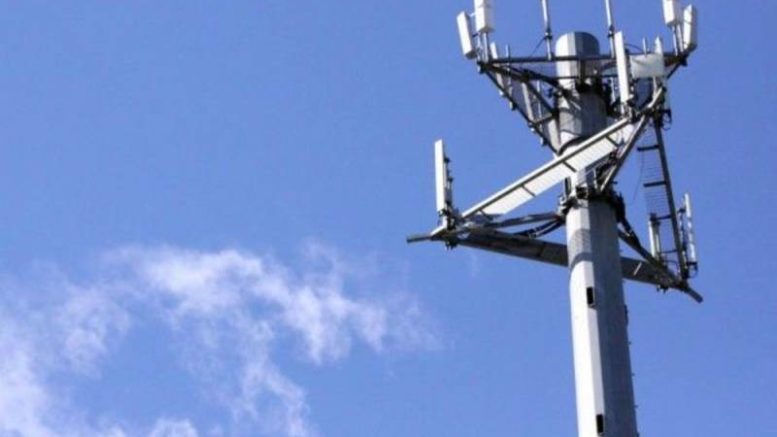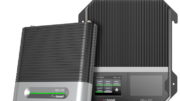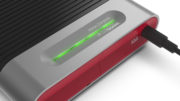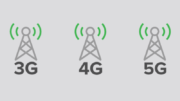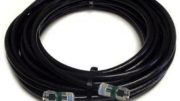When you pick up your cell phone, you don’t think about the incredible complexity behind it. Yet, there is so much that goes into cellular communication, and a lot of it is right in your hand.
The idea of cellular frequencies
In the early days of cell phones, all of them used the same narrow range of frequencies. But, a cell phone is like any other kind of radio. Every transmission needs to be on its own frequency or there’s going to be massive interference. There are some fancy schemes that can make this a little simpler but basically, a phone needs to broadcast and receive on a frequency that’s just used for itself and the cell tower. Those frequencies are given out by the cell towers and the phone has to adjust to broadcast and receive on different frequencies all the time.
It sounds like utter chaos, but it isn’t. It happens quickly and efficiently. But, it takes a lot of space on the radio spectrum to make it happen. It takes so much space that the government is constantly working on moving things around to give cell phones more room to work. You might have noticed in the past that some of your TV stations changed frequencies. That’s because, in 2009 and again in 2017, TV channels were eliminated in order to make room for cell phone transmissions.
Do all carriers use the same frequencies?
Yes, and no. There are six ranges of frequencies used by carriers. But, each carrier has its own group within that range. Sometimes small regional carriers will share ranges because they aren’t going to interfere with each other.
This caused a lot of problems in the early days of cell phones. In fact, until just a few years ago phones weren’t interchangeable. If you had a Verizon phone, it wouldn’t use AT&T’s network at all. A Verizon phone might have looked just like an AT&T phone but inside they were different.
Today almost all phones can be used with almost all carriers. The exception is those phones that are “locked” to individual carriers. Usually this is because the phone was discounted or free.
The six ranges in use
There are now six frequencies used by major carriers. There are other ranges as well, but these are the main ones.
600MHz
600MHz is the newest frequency range, occupying what used to be television channels 37-51. It’s used principally for 5G service by the major carriers, but is sometimes used for regular phone and data service as well.
700MHz
700MHz is the range previously used by TV channels 52-69. It’s used for voice and 4G/LTE data service for major carriers.
850MHz
850MHz is one of the original cellular frequencies for digital phones. Today it’s used for both voice and data.
1700/2100 MHz
These are known as the AWS frequencies and they’re used by most major carriers. The special thing here is that one range is used exclusively for phone transmission (1700) and the other (2100) is used exclusively for phone reception. Because cell phones download more than they upload, this helps things stay a little more balanced.
1900 MHz
This range is used mostly for voice service but can be used for data as well. It’s another one of the original digital cell phone frequencies.
28000MHz/39000MHz
This is known as the millimeter wave band. It’s used just for 5G in larger, more populated areas. Because the frequency is so high, the signal can’t travel as far.
If you’re into finding out an excruciating amount of detail about frequency allocations, this chart at Wikipedia is as good as any other.
What carriers use which frequencies?
Now that we’ve gotten all the explanation out of the way, here’s the part you wanted to read in the first place. Note that this list just includes the major US carriers.
AT&T
- 850MHz: Voice and Data (including 5G)
- 1700/2100MHz: Voice and Data (not 5G)
- 1900MHz: Voice and Data
- 28000/39000MHz: 5G
Verizon:
- 700MHz: 5G
- 850MHz: Voice and Data (not 5G)
- 1700/2100MHz: Voice and data (not 5G)
- 28000/39000MHz: 5G
T-Mobile:
- 600MHz: Voice and Data (including 5G)
- 700MHz: Voice and Data (not 5G)
- 850MHz: Voice and Data (not 5G)
- 1700/2100 MHz: Voice and Data (not 5G)
- 1900MHz: Voice and Data (not 5G)
- 28000/39000MHz: 5G
What about other carriers?
Generally, you can find out which frequencies are used by a local or regional carrier by finding out which network they use when they’re out of the area. Call them and ask them whose towers they use when you’re away from home. Often it’s either AT&T or Verizon. Whichever it is, that’s also going to be the frequency range used when you’re in-network
The special cases
There are two special cases to talk about as well. One isn’t going to be a concern for much longer, and one is just getting started.
The company formerly known as Sprint
For decades, Sprint operated a cellular network on a patchwork of weird frequencies not shared with any other carrier. In 2020, T-Mobile completed its purchase of Sprint and began the process of shutting down those weird old frequencies. It will take some time but eventually those frequencies will get shut down.
FirstNet
FirstNet is a special service operated by AT&T. It works at 700MHz. In 2017, AT&T was contracted to build FirstNet, which provides first responders with a cell network that won’t get congested in case of emergencies. You need a special phone to use FirstNet, and you need to prove you’re a first responder to get the phone.
Here’s why you need to know this stuff
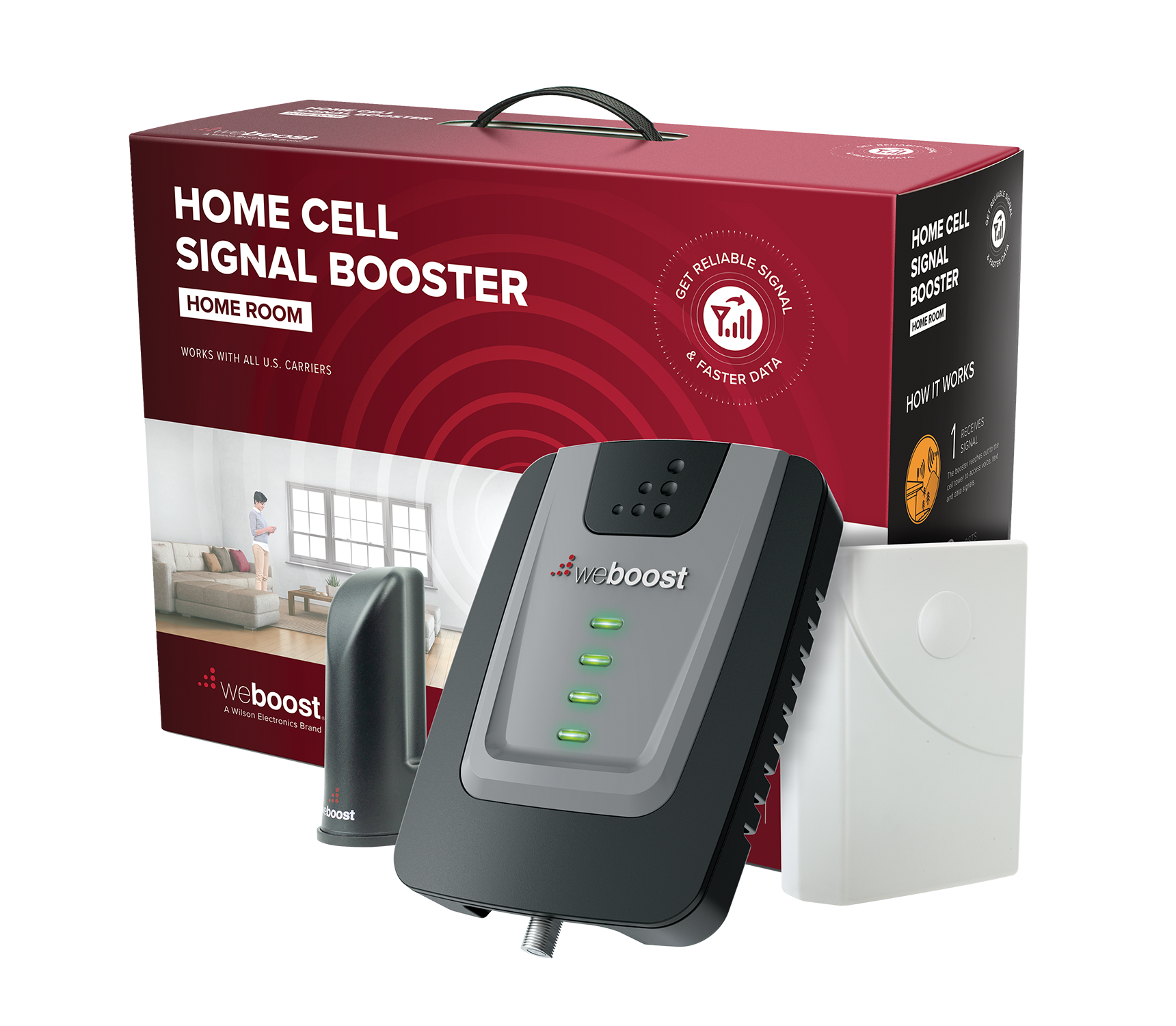
It’s all about cell boosters. At one time, cell boosters were very picky about which frequencies they would boost. Today it’s very simple.
All Boosters will work with: 700MHz (except FirstNet), 850MHz, 1700/2100MHz, 1900MHz
No boosters will work with: 600MHz, 28000/39000MHz
There are special boosters that are designed just for FirstNet use as well.
Get cell service, phones, and cell boosters from the company you trust
When you’re ready to upgrade your phone, or if you need a cell booster solution for 50-50,000 square feet, there’s one place you’ll want to go. Call the experts at Signal Connect at 888-233-7563. If it’s after East Coast business hours, fill out the form below and we’ll get back to you, usually in one business day or less.

